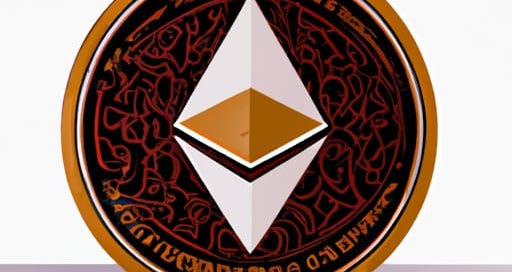#20 The Ethereum Merge and its significance
September 15, 2022 was one of the most significant days in crypto and open-source history. On this day, Ethereum transitioned from Proof-of-Work (PoW) consensus mechanism to Proof-of-Stake (PoS). Ethereum basically hot-swapped the most important component of its architecture while maintaining perfect uptime. It's like changing airplane engines mid-flight. I didn't have this newsletter back then, so I want to quickly walk through the significance of this event for Ethereum.
Energy efficiency. While PoW was safe and reliable, it used massive amounts of energy to validate transactions. When Ethereum switched to PoS, the energy usage dropped by 99.98%.
More Security. In order to validate transactions, users 'stake' their coins (similar to mining in PoW system). As a validator, if you lie or process false transactions, your staked coins could be taken away. Taking away tokens was not possible under PoW. I wrote about it last week.
Decentralization. In PoW system, the biggest miners with state-of-the-art hardware had advantage to get rewards. But under PoS, anyone with a reasonable computer and 32ETH can validate transactions and get rewarded. Today, there are over 500,000 validators.
Deflationary token. Because Ethereum is issuing 90% less tokens for validators, ETH might become a deflationary token. There could be more ETH burned than issued. After the merge, the inflation rate went down from 4.3% to a range of 0.4 to - 2%.
What the merge didn't affect is transaction prices going down. They did not, and will not. ETH isn't trying to be a low-cost, high-speed network. It's goal is to support high-value transactions and be a secure blockchain.
The merge was a result of years of engineer work and its success lays a foundation for the success of the Ethereum network for years to come.
disclaimer: This is not financial advice, for informational purposes only.





